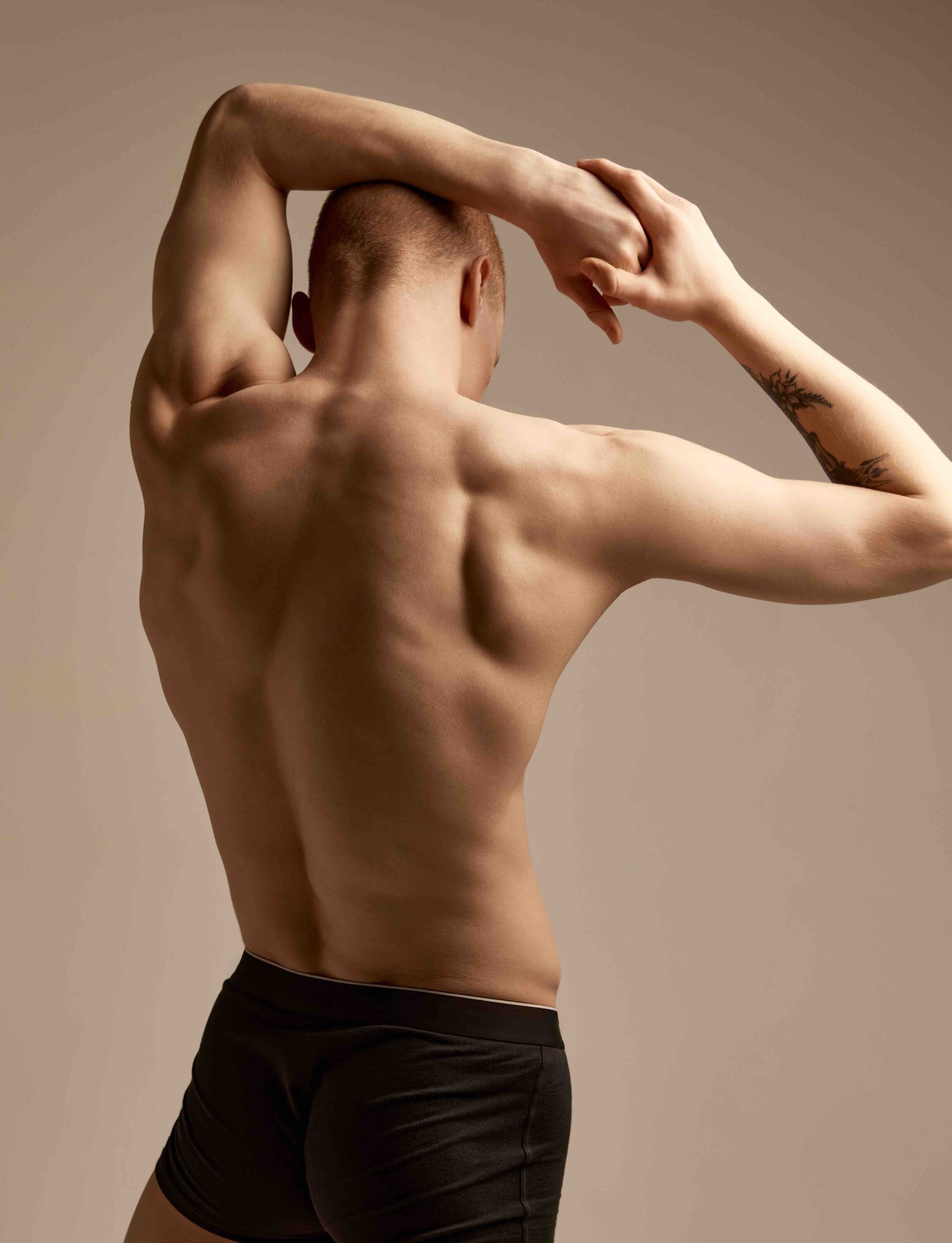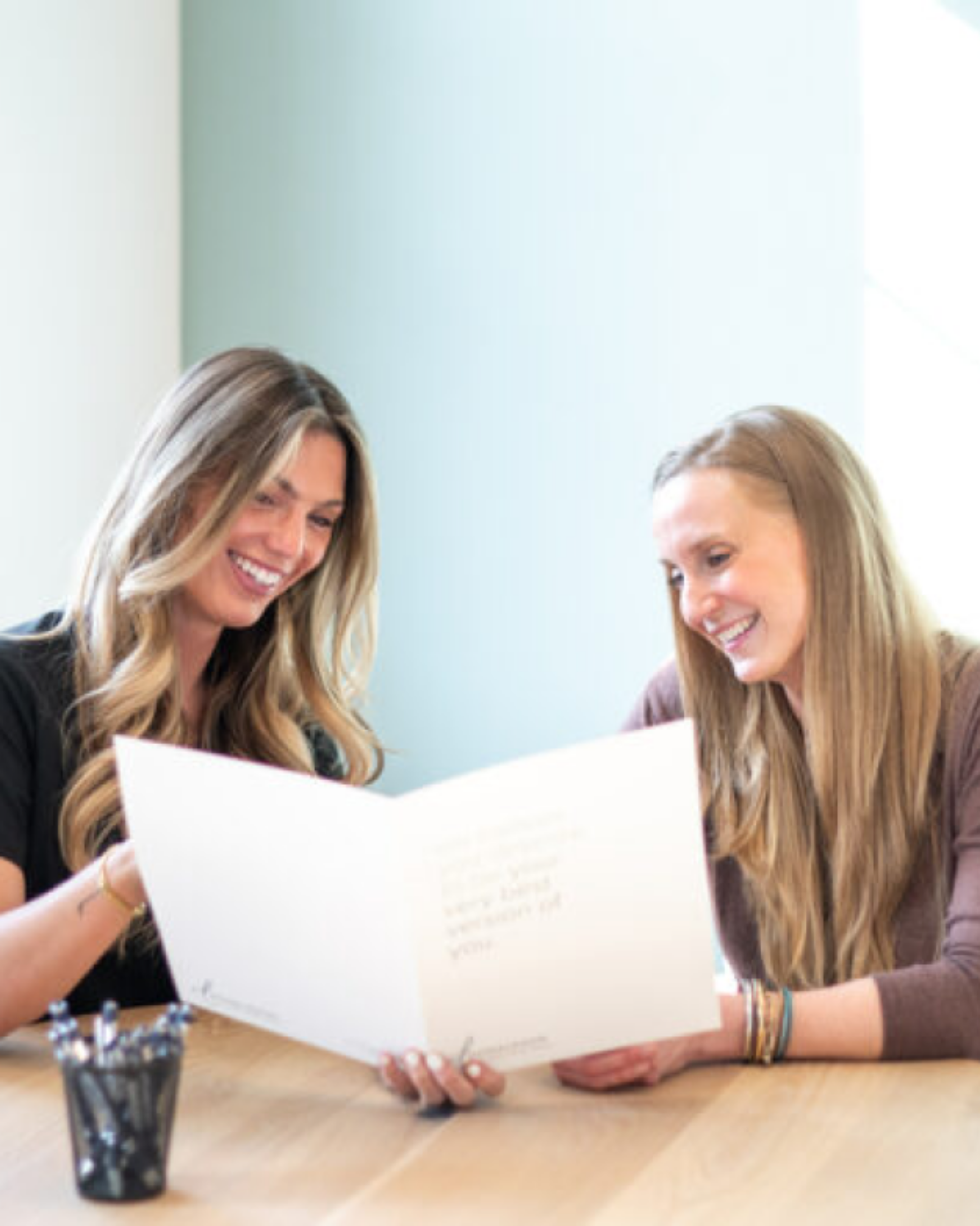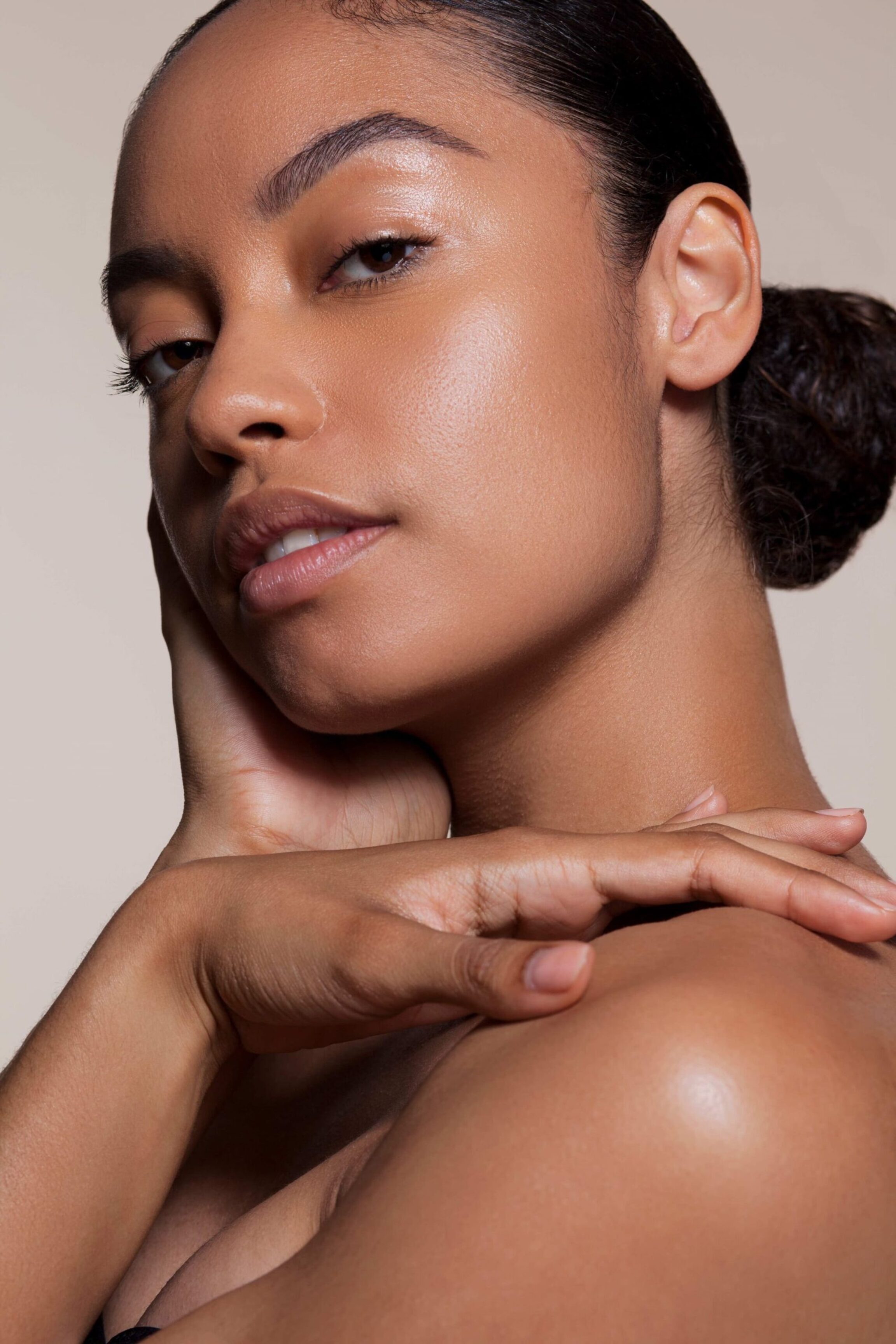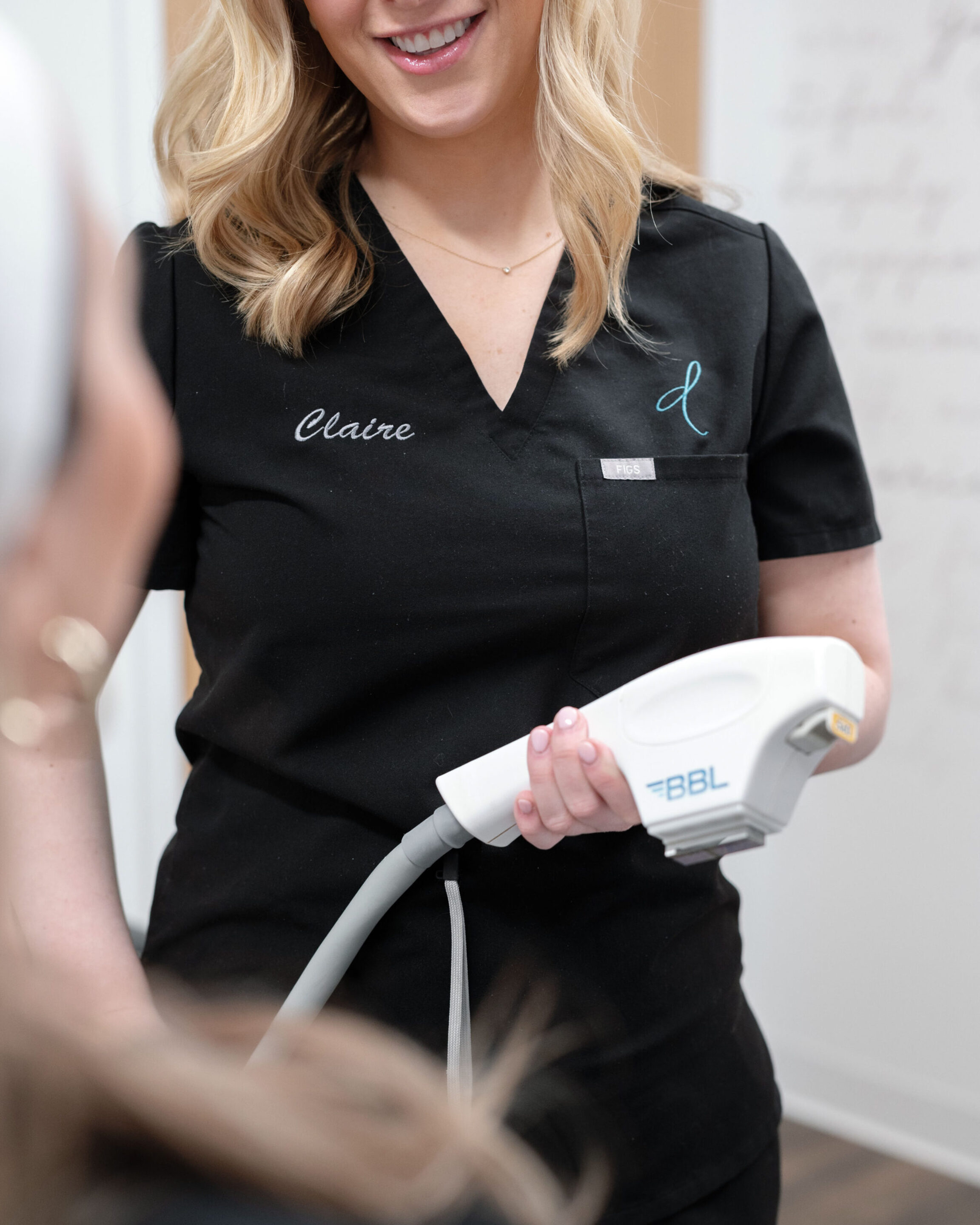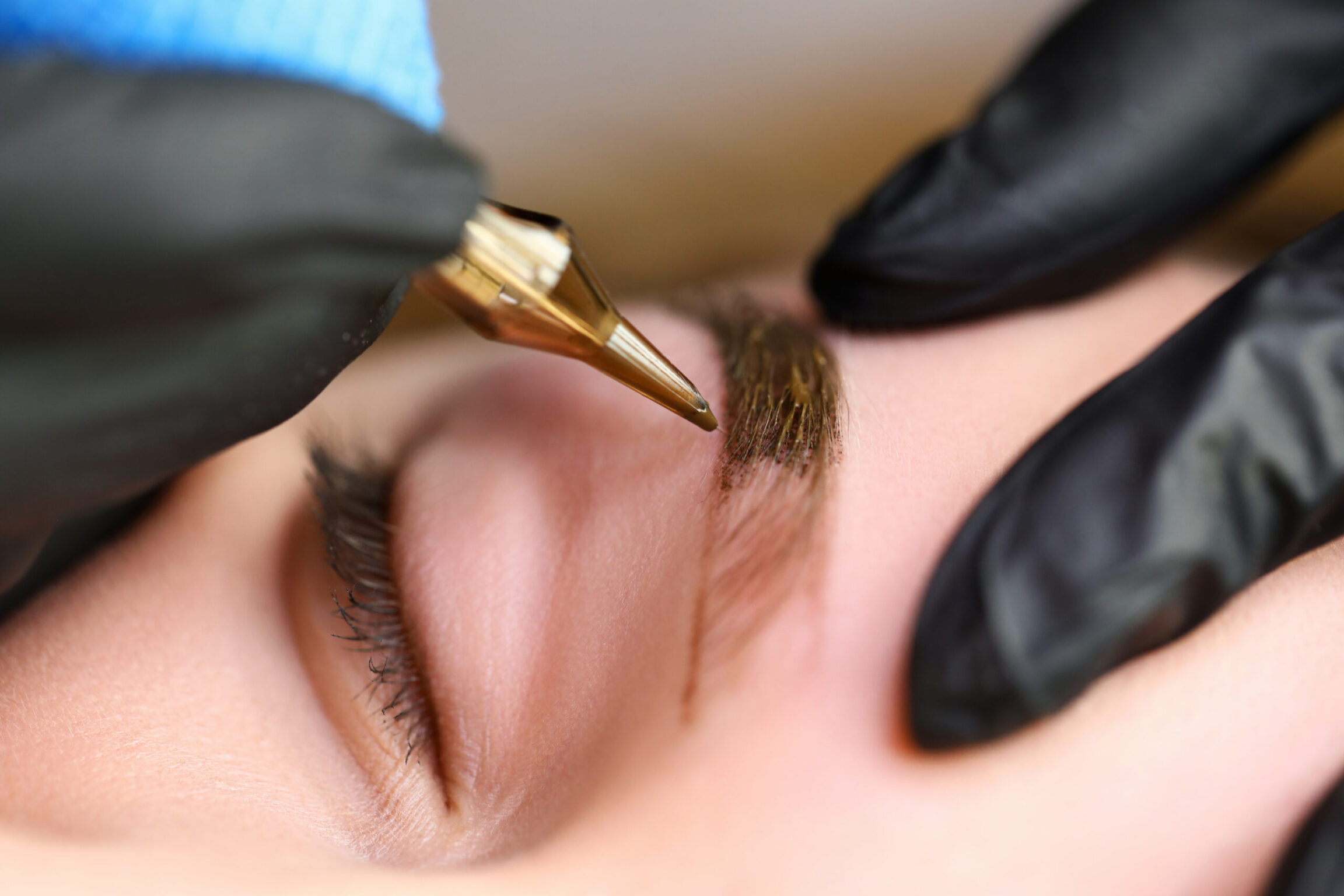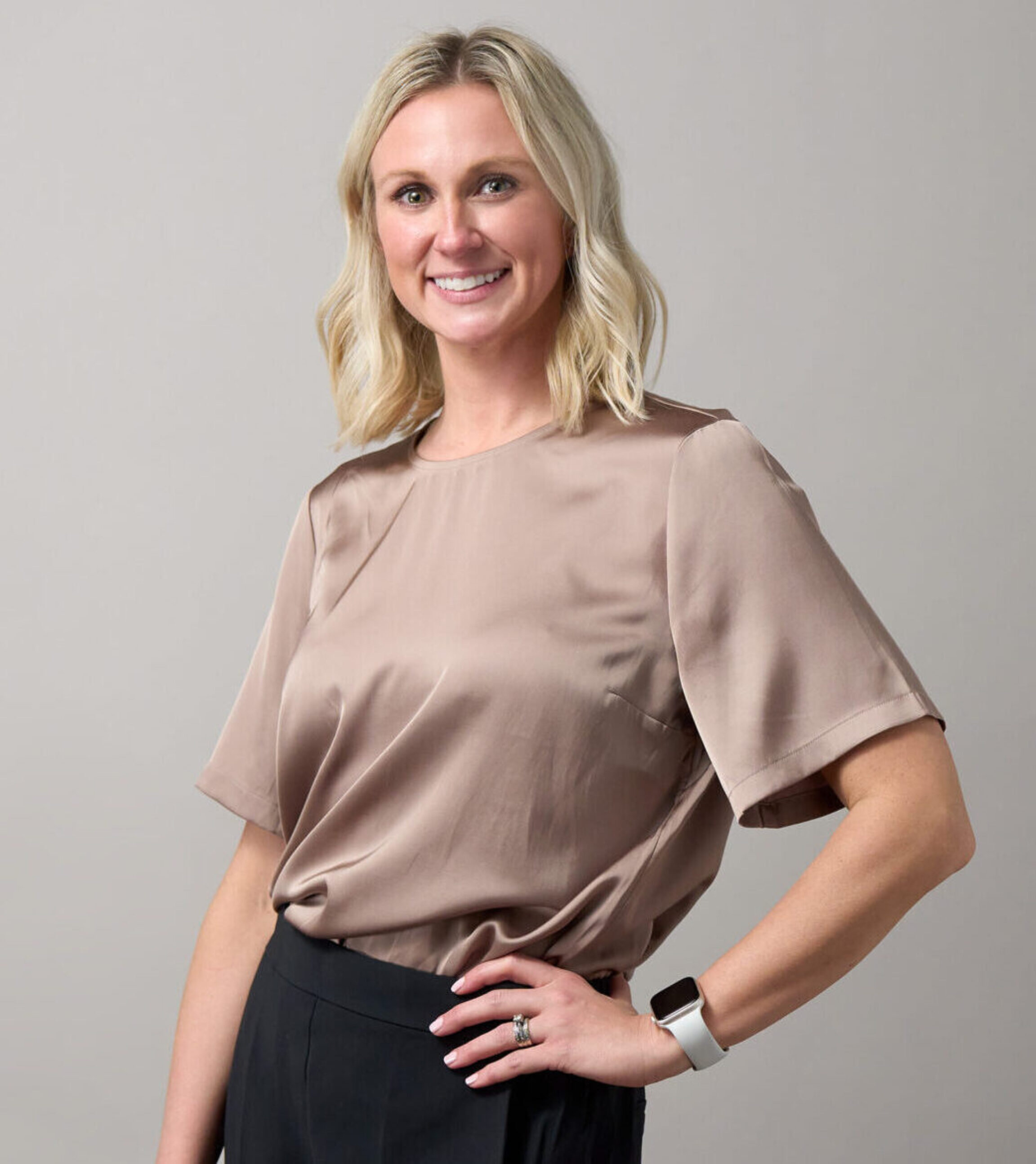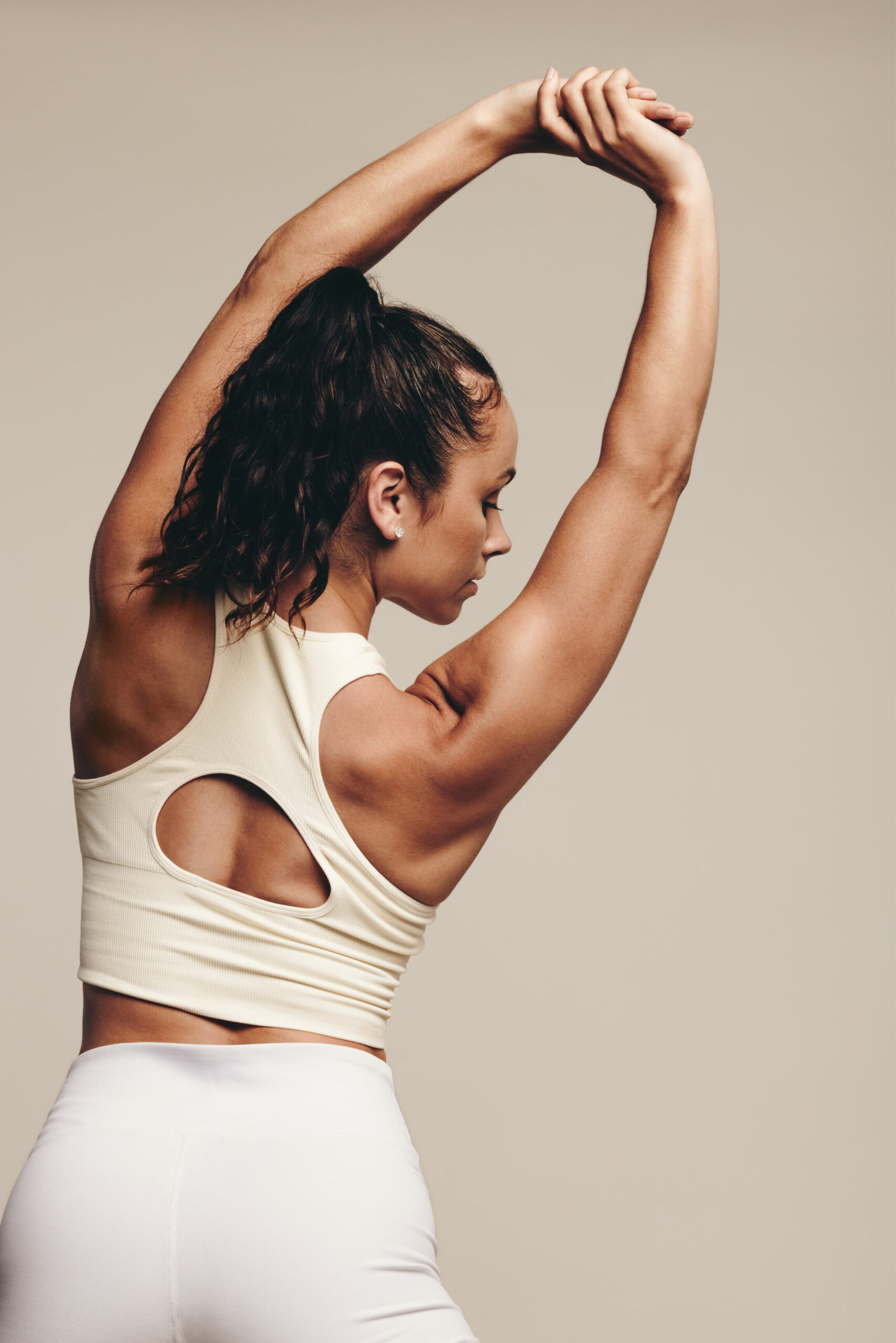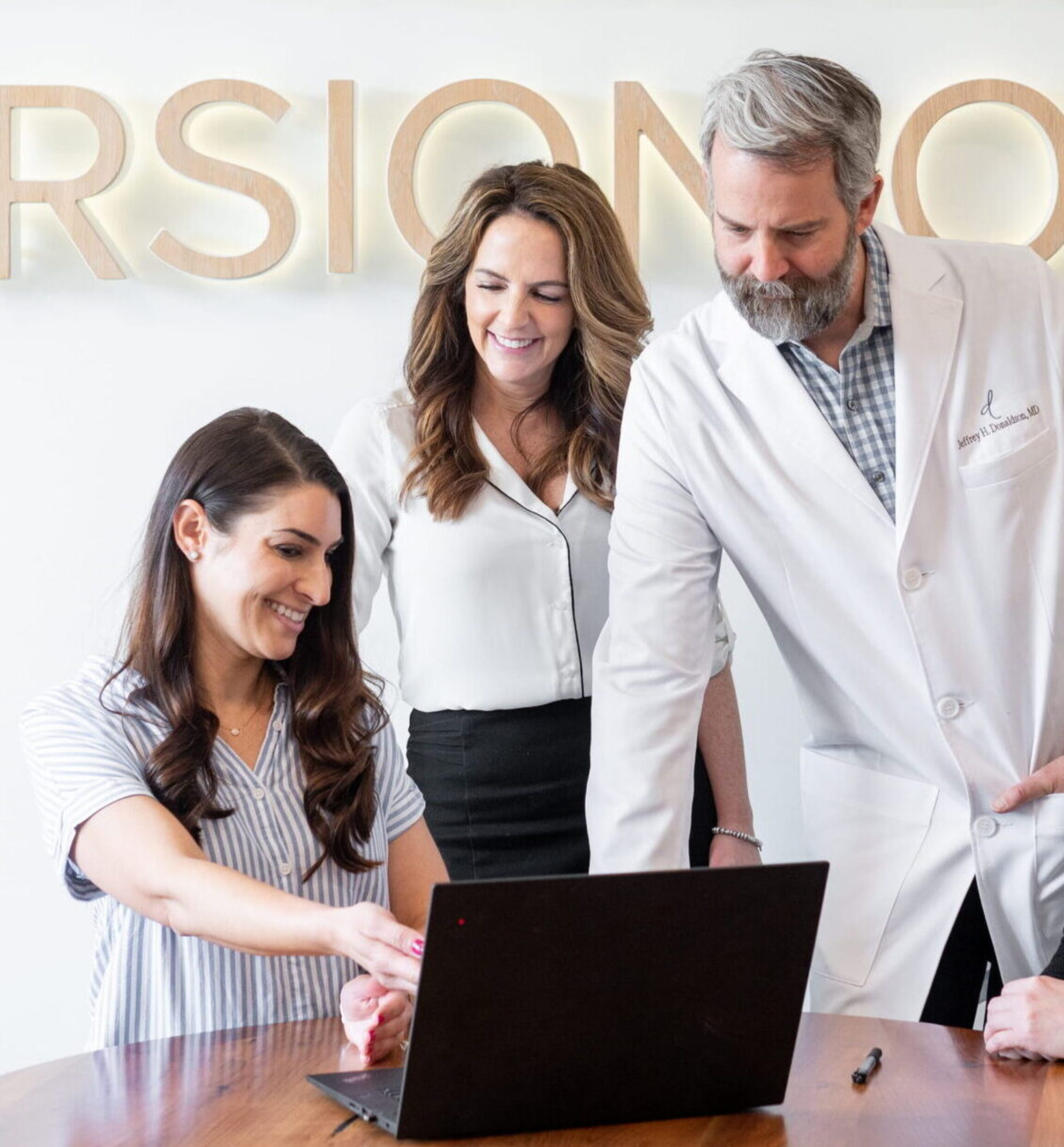Month: February 2019
On Thursday, February 8th, 2019, the Food and Drug Administration (FDA) issued a report about Breast Implant-Associated Anaplastic Large Cell Lymphoma (BIA-ALCL) to health care providers inside and outside of the field of plastic surgery to raise general awareness, promote accurate diagnosis, and hopefully ensure more timely treatments.
Dr. Donaldson and the staff at Donaldson Plastic Surgery support and advocate the FDA’s efforts to gather and disseminate accurate information. BIA-ALCL is a rare form of cancer that has been studied extensively by the plastic surgery community for the past several years.
As a practice, we strive to be a trusted resource for all of our past, current, and future patients. Dr. Donaldson has attended national presentations, stayed up-to-date with clinical reports, followed best-practice recommendations, and communicated closely with his colleagues, staff, and patients regarding this topic. Fortunately, out of nearly ten million patients worldwide who have had breast augmentation surgery, only 457 have had a confirmed diagnosis of BIA-ALCL. All of these cases have been associated with the use of textured breast implants. Dr. Donaldson has NEVER used this type of implant. We have compiled the following information to present what is currently known about BIA-ALCL, including the risks, frequency, diagnosis, and treatment of this condition.
Our Surgical Process During Breast Augmentations
First, we will provide a description of our typical breast augmentation surgical technique. After a small skin incision, Dr. Donaldson separates tissue to create a pocket for the breast implant. Before implantation, the pocket is irrigated with an antibacterial solution to ensure a clean environment. The implant is then opened from its sterile packaging and, using a separate pair of sterile surgical gloves, Dr. Donaldson is the only person who directly handles the implant. It is rinsed with the antibacterial solution and compressed through the incision into the surgically-created pocket. The correct positioning is confirmed, and the pocket is closed with a series of dissolvable sutures. The operation typically takes less than an hour. The healing process begins almost immediately as the body’s immune system triggers a normal “foreign body” reaction that causes scar tissue to develop around the implant. Over time, the tissue completely encloses the implant, creating a capsule that separates the implant from the breast tissue.
The Importance of a Sterile Environment
One of the primary goals throughout the surgery is to ensure that the skin, pocket, and implant are kept completely sterile to minimize exposure to bacteria or other contaminants. Dr. Donaldson and the entire operating room staff go to great lengths to maintain sterility through the use of “minimal-touch” and “no-touch” techniques; antibacterial solutions; nipple guards; IV antibiotics; and, in some cases, implant delivery devices that reduce implant-skin contact. It is nearly impossible to prevent every bacterium from the skin and/or bloodstream from adhering to the implant. This normal process creates a biofilm between the implant and the newly-forming capsule. The body’s immune system can comfortably handle this minimal bacterial load unless a critical point is reached where the bacterial levels are high enough to trigger a chronic inflammatory response.
If the immune system develops a chronic inflammatory response, it is usually delayed a year or more after surgery and is affected by individual genetics and immune status. A chronic inflammatory response to the implant and biofilm has been linked to capsular contracture, additional scar tissue that can be seen and felt through swelling, tightening, or firming of the breast and a change in breast shape or position. Capsular contracture is graded on a scale of I-IV, and Dr. Donaldson prefers to treat the more severe grades III and IV through re-operation with capsule release and/or implant removal and/or replacement. The risk of capsular contracture occurring is less than 5 percent.
The biofilm that develops after an implant is inserted into the breast is commonly suspected as the cause for BIA-ALCL. When a chronic inflammatory response is not severe enough or fast enough to create a capsular contracture, it may lie dormant as a mild, long-term, low-grade infection inside of the capsule. Over a 7-10 year period, this underlying condition is believed to cause an immune T-cell abnormality that then progresses to BIA-ALCL. The first symptom is usually a late-onset seroma, or fluid collection, which causes swelling of the breast, asymmetry, and/or pain. In these early stages, the lymphoma resides inside of the protective capsule and is not connected to the breast tissue.
BIA-ALCL’s Connection to Textured Breast Implants
Biofilm seems to be more problematic with textured implants. In the late 1960s, textured-surface implants were designed in an attempt to reduce the rate of capsular contracture. Early results showed promise, but ten-year follow-up studies demonstrated that the texture of the implant does not affect the rate of capsular contracture. Since then, smooth, round implants have been preferred by most plastic surgeons in the United States, while textured implants have been more popular in Europe and South America. The recent introduction of shaped, highly-cohesive anatomical implants has increased the use of textured-surfaces because these implants cannot be permitted to flip or spin.
In contrast to a round implant that can flip or spin in the breast pocket with no visible difference, movement of an anatomically-shaped implant creates an unattractive breast shape that may cause the breast to appear sideways or upside-down. The texturized surface of an anatomically-shaped implant causes the capsule to grip the implant and prevent movement within the pocket. Dr. Donaldson does not use textured implants, and he does not use anatomical implants. He exclusively uses smooth, round implants.
Of the FDA-confirmed 457 cases of BIA-ALCL, no cases with purely smooth breast implants have been reported in any series, registry, or case with a detailed history. The texture on the outside shell of an implant may hinder the elimination of biofilm-creating bacteria due to the irregularity of the surface, multiple crevices, and increased surface area. Studies show significantly more bacterial adherence to textured versus smooth implant surfaces, as well as an increased number of lymphocytes–the cells that can become abnormal in cases of lymphoma.
Current Methods of Diagnosing and Treating BIA-ALCL
If symptoms arise, it is imperative to consult with a board-certified plastic surgeon. If a patient’s history and exam seem suspicious, the surgeon will order tests that look for fluid around the implant. If a seroma or mass is detected, the fluid will be sampled and/or the tissue will be biopsied. Tests will then reveal whether known markers of BIA-ALCL are present. If confirmed, the surgeon will collaborate with an oncological team to create a plan for treatment. In early-stage disease, the implant and capsule are completely removed with no need for chemotherapy or radiation.
Current three-year follow-ups show that 93 percent of patients are disease-free when following this protocol. If reports of symptoms, diagnosis, or treatment are delayed, then the lymphoma may spread and become systemic. The FDA has reported 9 known deaths in the US from BIA-ALCL. None of these patients received complete surgical excision or the targeted therapy that is now recommended.
Although our understanding of BIA-ALCL has improved dramatically over the past decade, further studies are underway, which should provide additional information. The FDA’s recent announcement was intended to increase awareness and encourage more healthcare providers to take part in the identification of BIA-ALCL. As a practice, Donaldson Plastic Surgery records all implant information in case future evaluation becomes necessary. To date, we have diagnosed ZERO patients with BIA-ALCL. Nonetheless, Dr. Donaldson is prepared to follow the most current diagnostic and treatment protocols, including radiographic imaging, fluid sampling, and immediate removal of the implant and capsule.
Our patients can confirm that their safety and well-being is our top priority. We believe that all of the risks associated with plastic surgery should be discussed and properly understood. There are approximately 300,000 breast augmentations in the United States every year. Given the extremely low overall incidence of BIA-ALCL, its exclusive association with textured implants, and its excellent prognosis with timely diagnosis and treatment, we continue to believe in the safety of smooth, round breast implants and the positive impact that breast augmentation has had on our patients’ lives.
About The Author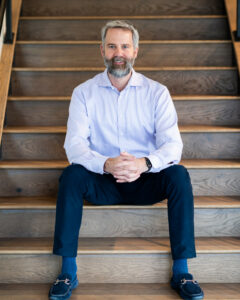
As a board-certified plastic surgeon, Jeffrey Donaldson, MD believes patient safety is the only thing that matters more than incredible, long-term results. He uses his 20+ years of training, education and experience to inform both potential patients and industry colleagues of any surgical risks in an effort to help every person involved make better, more data-driven decisions for themselves or their practice.
Related Articles

Read More How Plastic Surgery Can Enhance Health
How Plastic Surgery Can Enhance Health
Most known for its aesthetic benefits, plastic surgery can also be used to enhance your overall health & well-being.

Read More Perfect Procedure Pairings
Perfect Procedure Pairings
Discover the best plastic surgery combinations & most popular aesthetic treatment pairings designed to help you achieve your unique goals.
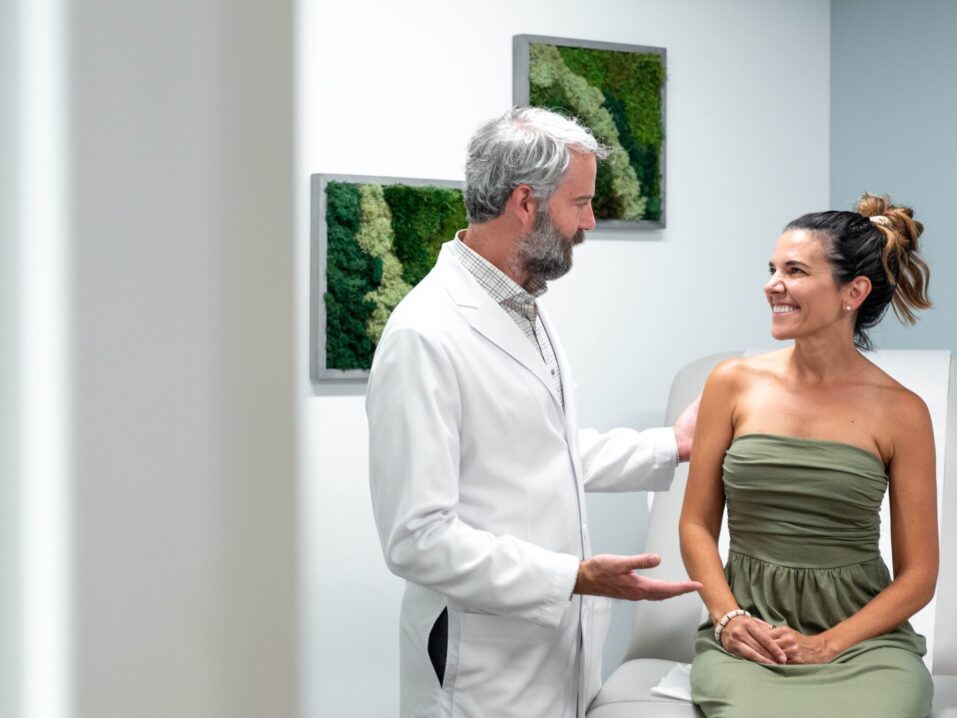
Read More Myths Busted: Plastic Surgery
Myths Busted: Plastic Surgery
Board-certified experts debunk prevalent plastic surgery myths with scientifically sound information to foster a better understanding of what actually happens in the operating room.
Hi there! I want to tell you I am so excited. I got my tummy tuck. I’ve been wanting this for years. I always had this great big bubble on my belly and through the years, with after having children, (four children), it’s just gotten bigger and saggier. I really wanted to get something done. My girlfriend came to Dr. Donaldson, so I thought I would give it a try. I came here and I will tell you, this is the best decision! My stomach is flat! It was never flat! I’ve never had this kind of stomach before but now it’s wonderful! It’s flat! I feel wonderful! I wish I would have done this earlier! But ah! I am just so happy. I am happy to be here. This is great! More good things to come!
*Note: Patient results will vary. All video testimonials were voluntarily submitted by actual patients with permission to publish on our website. Testimonials or statements made by any person(s) within this site are not intended to guarantee outcomes.
Related Articles
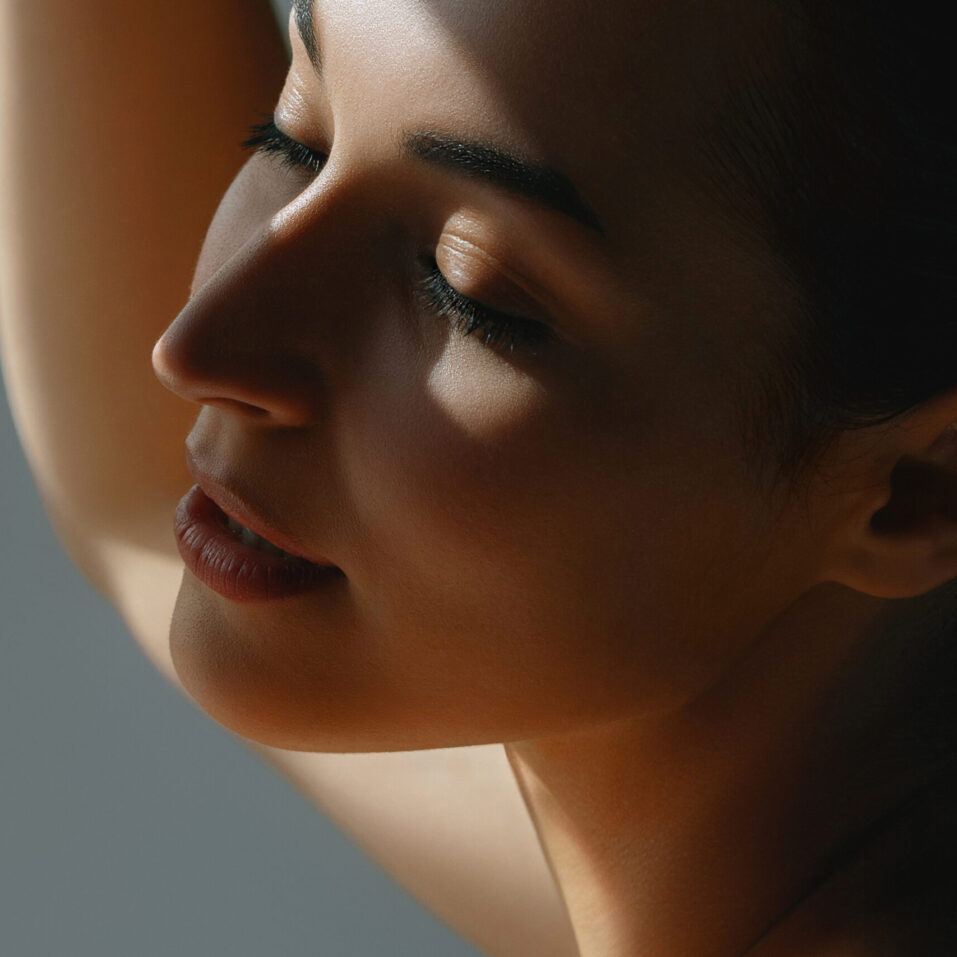
Read More Liquid Rhinoplasty vs. Surgical Rhinoplasty
Liquid Rhinoplasty vs. Surgical Rhinoplasty
Liquid rhinoplasty & surgical rhinoplasty differ in a key ways, including total downtime, permanence & the degree of anatomical change possible.
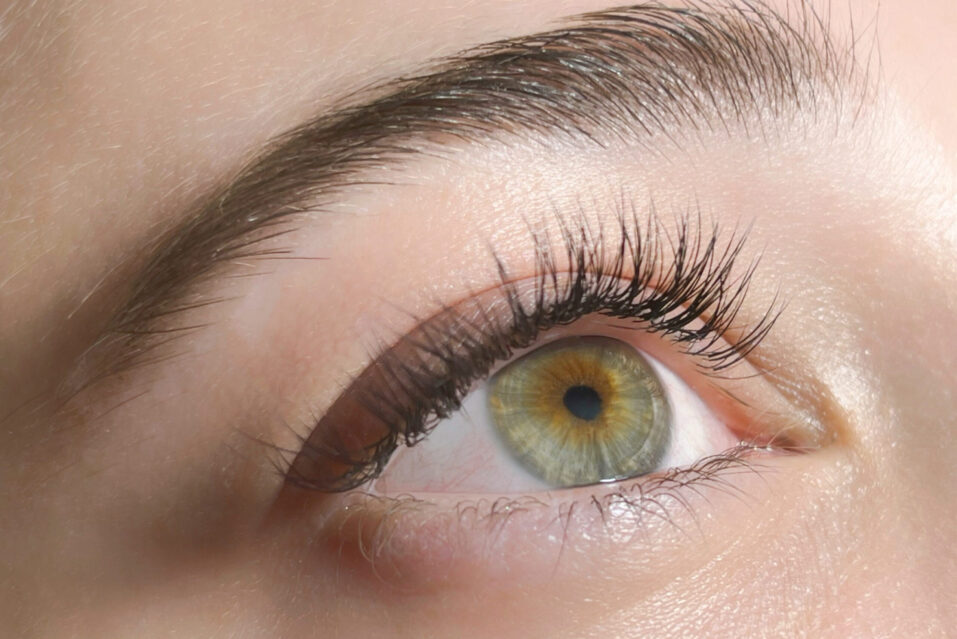
Read More Latisse vs. RapidLash
Latisse vs. RapidLash
Latisse is a highly effective, FDA-approved lash growth serum, while RapidLash is an effective over-the-counter solution designed to enhance lash health & appearance.

Read More How Filler Enhances The Eyes
How Filler Enhances The Eyes
Cheek filler, undereye filler & other nonsurgical solutions can be used by a skilled injection specialist to comfortably enhance the appearance of the eyes.
